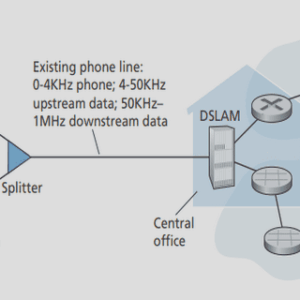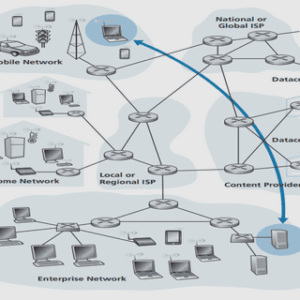(Downloads - 0)
For more info about our services contact : help@bestpfe.com
Table of contents
1 INTRODUCTION
1.1 WHAT IS CASSANDRA?
1.2 CASSANDRA ARCHITECTURE
1.3 WHY CASSANDRA?
1.4 CAPACITY PLANNING IN CASSANDRA
1.5 WHY CAPACITY PLANNING?
1.6 RESEARCH GAP
1.7 RESEARCH QUESTIONS
2 RELATED WORK
2.1 CAPACITY PLANNING APPROACHES
3 RESEARCH METHOD
3.1 CASE STUDY DESIGN
3.1.1 Case selection and Unit of analysis
3.1.2 Case Study Process
3.1.2.1 Data Collection Process
3.1.2.1.1 Standard Cassandra Documents
3.1.2.1.2 Interviews Design
3.1.2.1.3 Formulating the Questionnaire
3.1.2.1.4 Transcription Process
3.1.2.2 Data Analysis process
3.1.2.2.1 Pre-coding of the data
3.1.2.2.2 Open-Coding (Extracting concepts/codes from the data)
3.1.2.2.3 Grouping the Codes into Categories (Axial-Coding)
3.1.2.2.4 Checking codes importance by frequency
3.1.2.2.5 Validation of Analyzed Data
3.2 PLANNING THE CASE STUDY
3.2.1 Interviews planning
3.2.2 Interviewee selection
4 RESULTS
4.1 VOUCHER SYSTEM AND CASSANDRA CAPACITY PLANNING
4.1.1 Voucher System at Ericsson
4.1.2 Cassandra Data storage system for Voucher System
4.1.3 Capacity planning for Voucher System’s Cassandra
4.2 SYNOPSIS OF THE INTERVIEWS CONDUCTED
4.2.1 Transcription process
4.3 PRE-CODING
4.4 OPEN-CODING (EXTRACTING CODES)
4.5 GROUPING OF CODES INTO CATEGORIES
4.6 CODE FREQUENCY
4.7 VALIDATION OF THE CODES
4.8 FACTORS AFFECTING DISK STORAGE IN CASSANDRA
4.8.1 Cassandra specific Factors
4.8.2 Product/Project specific Factors
4.8.3 Parameters for the extracted factors
4.9 DESIGNING THE MODEL
5 ANALYSIS
5.1 ANALYSIS OF THE MODEL
5.2 VALIDATING CAPACITY PLANNING MODEL USING ERICSSON’S VOUCHER SYSTEM
5.2.1 Proposed model capacity planning calculations
6 DISCUSSIONS AND VALIDITY THREATS
6.1 DISCUSSIONS
6.2 VALIDITY THREATS
6.2.1 Internal threats
6.2.2 External threats
6.2.3 Construct validity
6.2.4 Reliability
7 CONCLUSIONS
7.1 CONCLUSIONS
7.1.1 Relating to the research questions
7.2 FUTURE WORK
REFERENCES
APPENDIX



